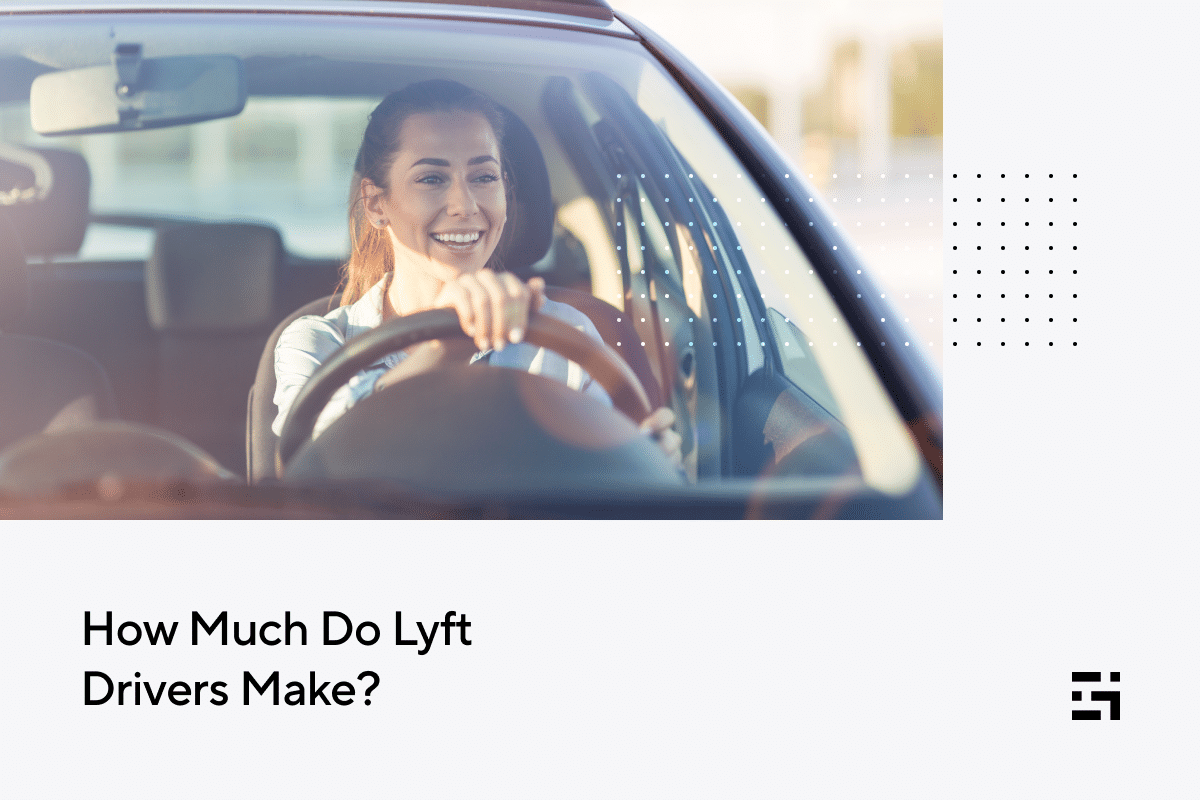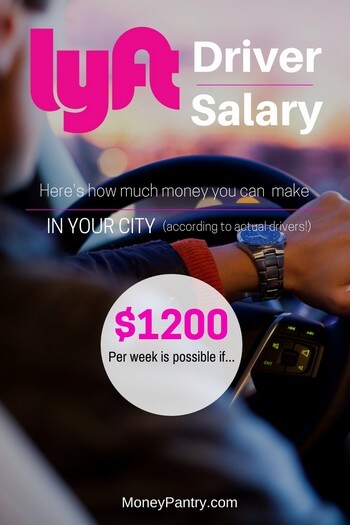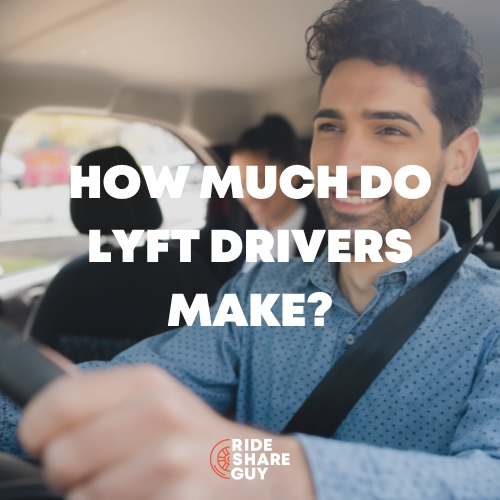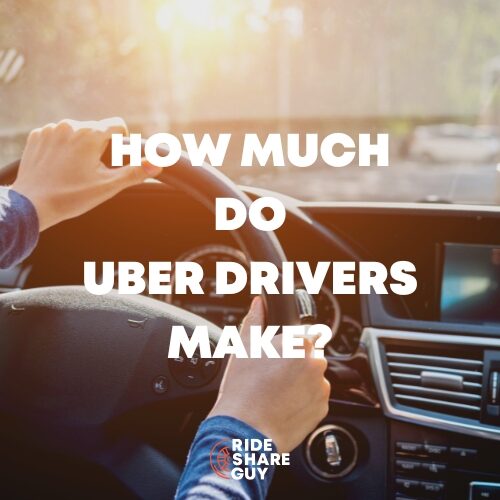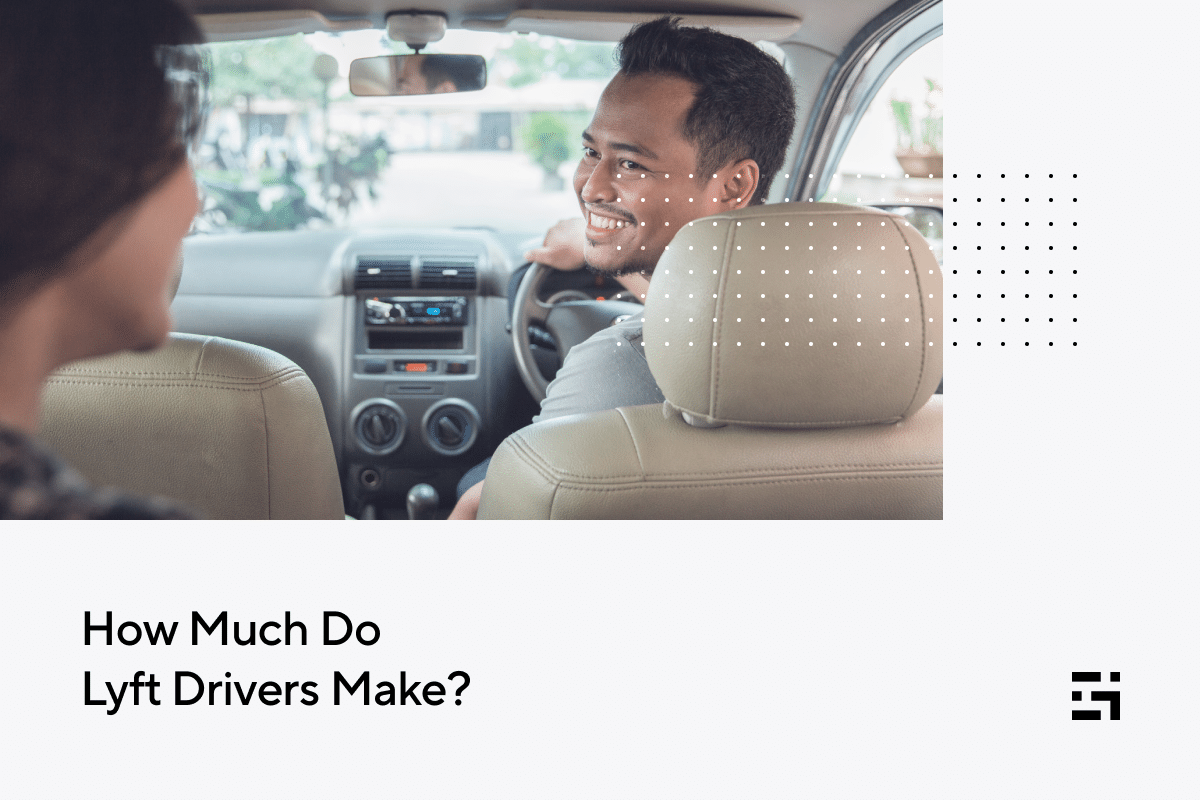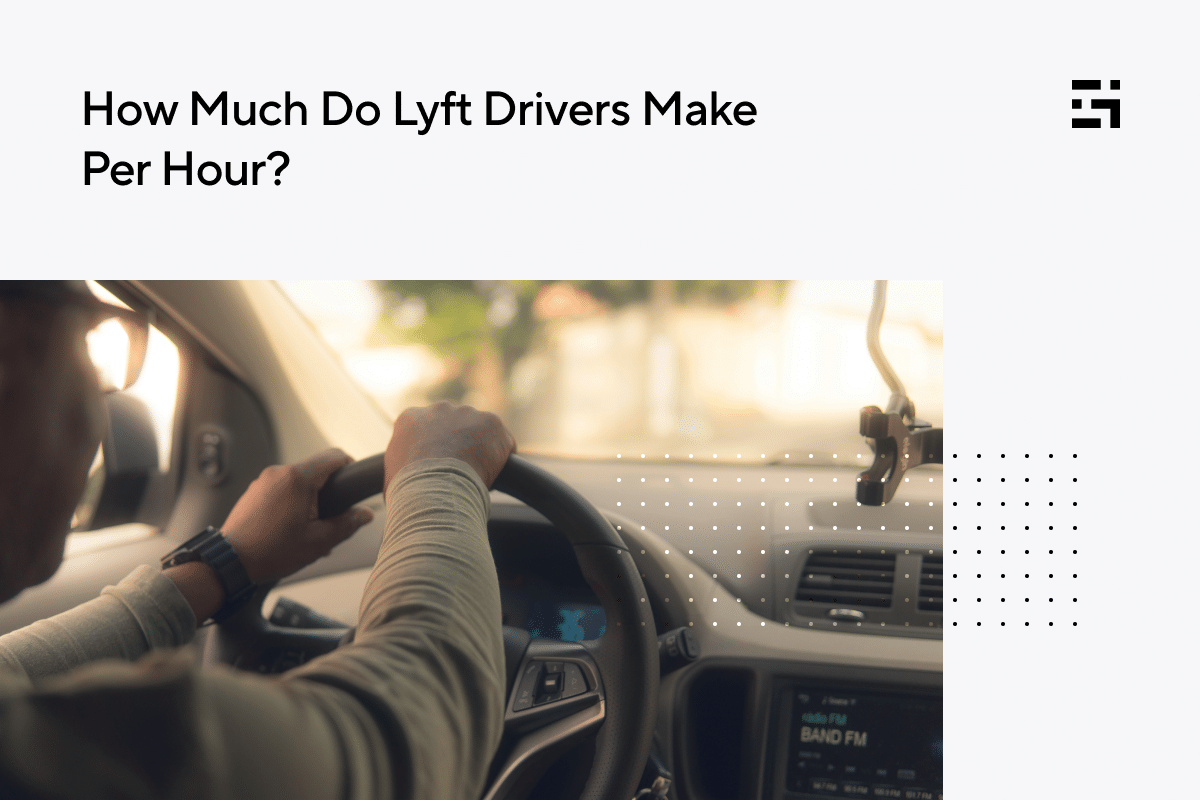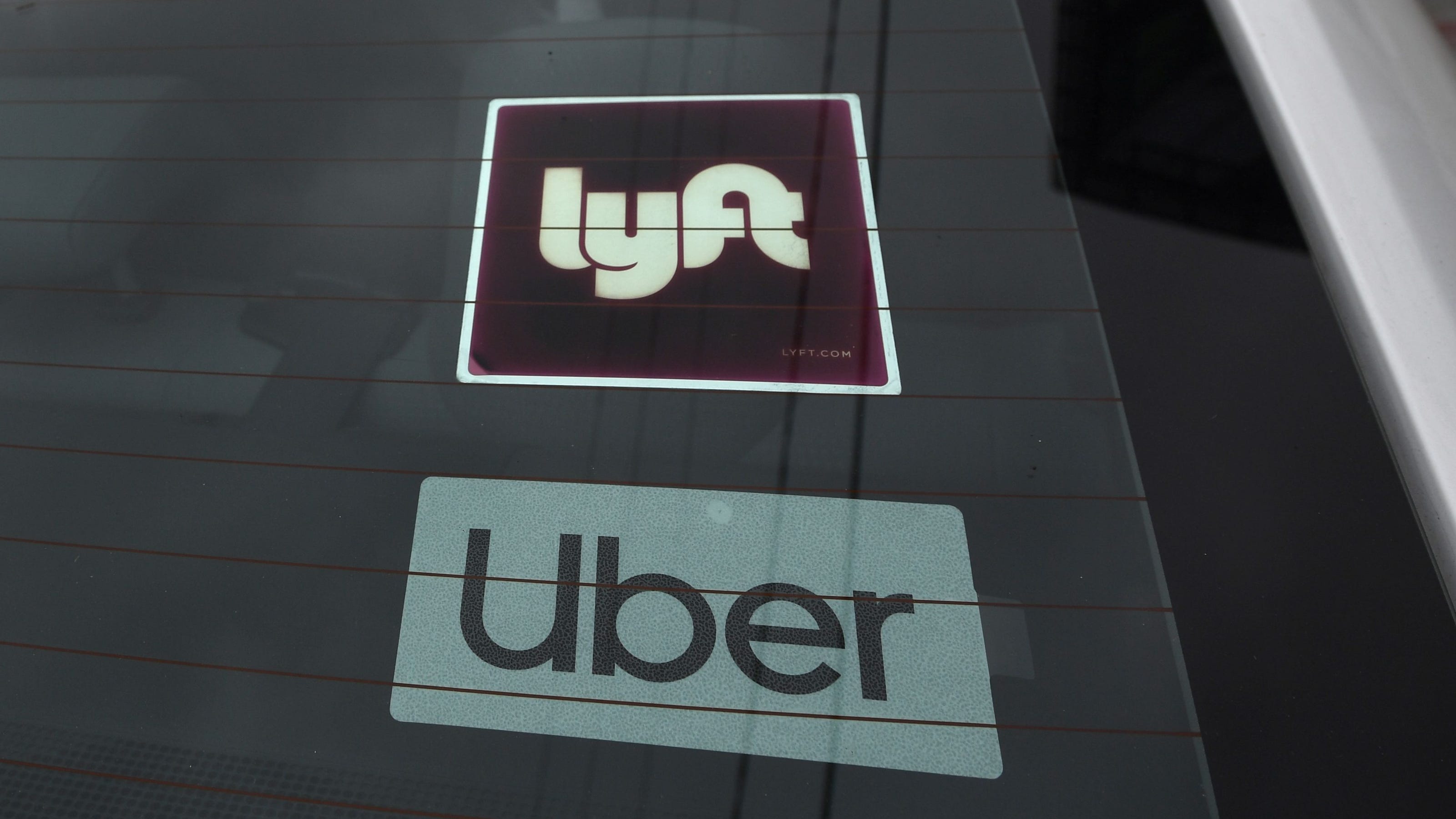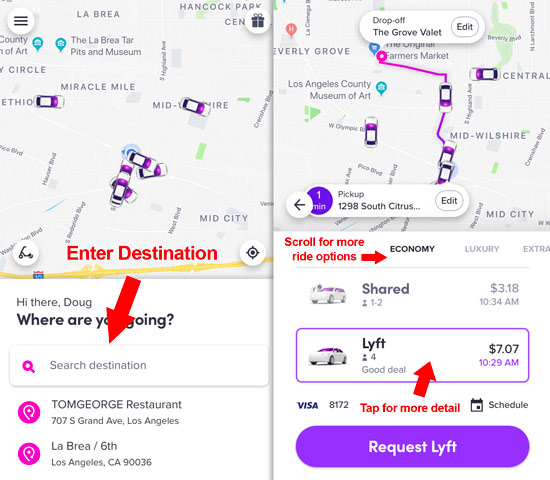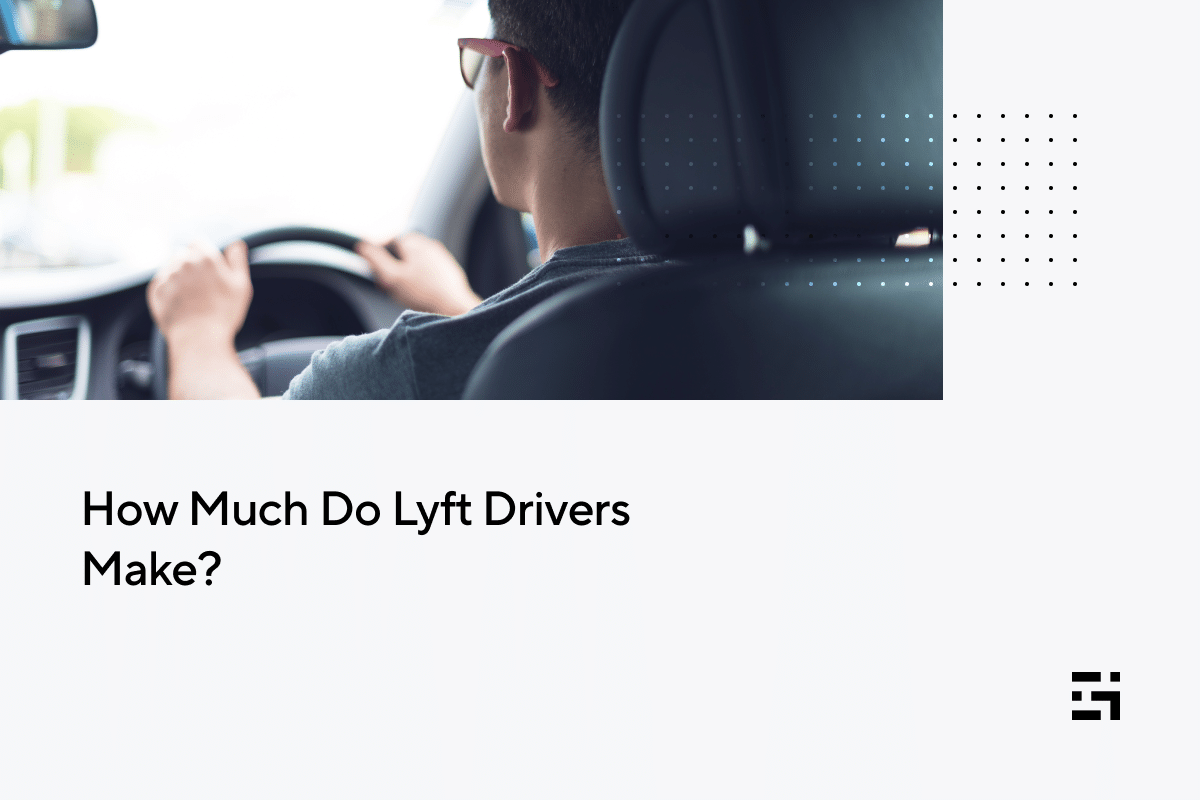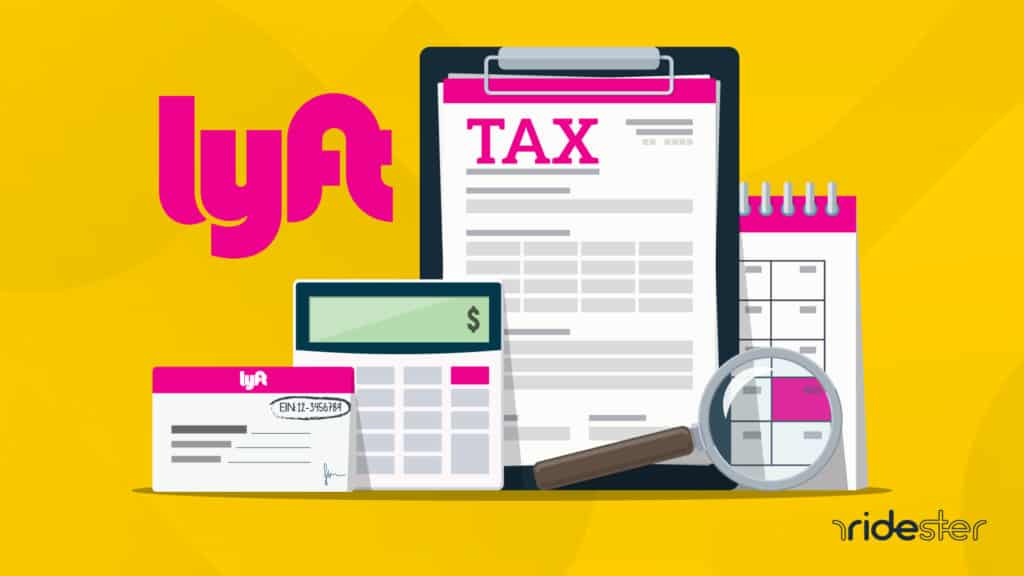How Much Do Lyft Drivers Make In Miami

Miami Lyft drivers are facing a harsh reality: earnings are significantly lower than advertised, sparking outrage and prompting many to question the sustainability of ride-sharing as a viable income source.
This report delves into the actual earnings of Lyft drivers in Miami, examining factors impacting their income and exploring the growing dissatisfaction within the gig economy workforce.
The Reality of Lyft Earnings in Miami
Recent data reveals that the average Lyft driver in Miami earns approximately $12-$18 per hour before expenses. This figure sharply contrasts with Lyft's claims of potentially higher earnings, which often fail to account for crucial deductions.
Several factors contribute to this discrepancy, including high gas prices, vehicle maintenance costs, and Lyft's commission structure.
Lyft takes a significant cut of each fare, leaving drivers with a smaller portion of the overall revenue. The exact percentage varies depending on the ride and location, but it consistently impacts driver profitability.
Expenses Eat Into Profits
Beyond Lyft's commission, drivers bear the burden of all operating expenses. Miami's notoriously high gas prices further erode their earnings, making it difficult to achieve a livable wage.
Vehicle maintenance, including oil changes, tire replacements, and general repairs, also represent a substantial financial burden. Drivers are responsible for all upkeep, adding to the overall cost of operation.
Insurance also plays a part. Drivers need adequate insurance to operate a car, and often face additional fees and payments to maintain the necessary insurance and licenses to operate with a ride sharing service.
Driver Perspectives: A Growing Dissatisfaction
Many Miami Lyft drivers express frustration with the declining earnings. One driver, speaking anonymously, stated, "After expenses, I'm barely making minimum wage. It's not sustainable."
Another driver highlighted the unpredictable nature of ride requests, saying, "Some days are busy, and I can make decent money, but other days I sit around for hours waiting for rides." The inconsistency makes financial planning extremely difficult.
Reduced incentives and changes in fare structures have also contributed to the growing dissatisfaction. Bonuses and promotions that once supplemented driver income have become less frequent and less lucrative.
The Impact of Competition
The increasing number of drivers on the platform contributes to increased competition for rides. This further reduces individual earnings and makes it harder for drivers to secure enough fares to reach their financial goals.
Other ride-sharing platforms, like Uber, also operate in Miami, contributing to the saturated market. Competition can drive down prices and make it more challenging for drivers to earn a sustainable income.
What's Next for Miami Lyft Drivers?
Some drivers are exploring alternative strategies to increase their earnings, such as focusing on specific neighborhoods or driving during peak hours.
Others are advocating for policy changes that would improve driver compensation and benefits. This includes lobbying for minimum wage laws and greater transparency in fare calculations.
The future of ride-sharing in Miami depends on addressing the concerns of its drivers and ensuring a fairer, more sustainable income model. Ongoing discussions and potential regulatory changes could significantly impact the landscape of the gig economy in the city.

